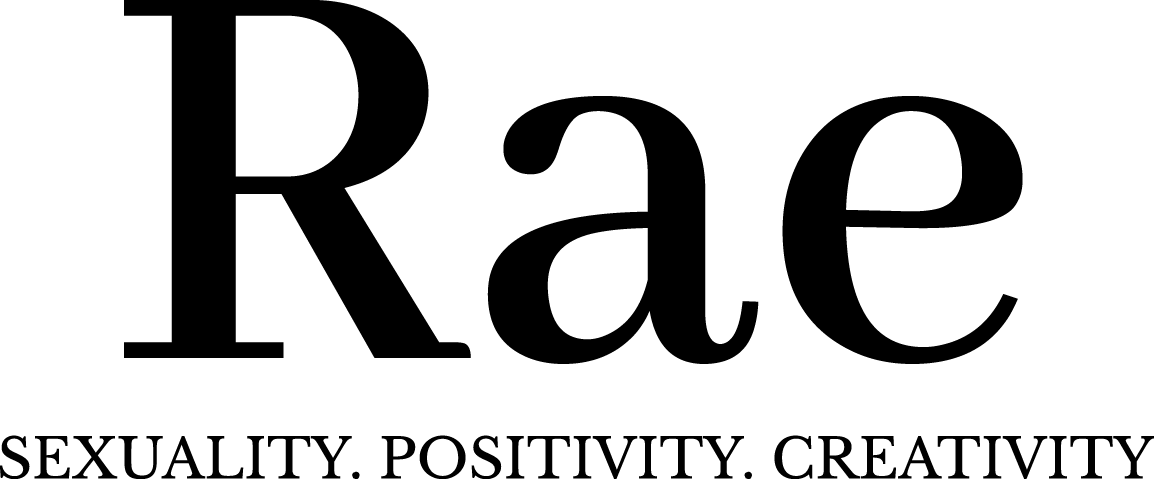The Quest for the Perfect Breast Holder
I am on a quest. I have been on this quest for at least five years, and the journey will continue, probably, forever. What is the task before me? To make the perfect fitting latex shirt for natural boobies.
Many of the pieces I have seen online (and was taught to draft for) are modelled on people who are either small breasted or fake breasted. As a former big-tiddie bitch (who is happy with her currently medium sized breasts), it would frustrate me to see pieces with no support, or improper fit being sold at a high price. I didn’t have to try these pieces on to know I would either bust out the top, slip out the bottom, or get pancake boob. Small breasted women with high perky breasts have no problem making off-the-rack shirts work, and women with fake breasts have the perk and weight to make the latex stretch around them instead of flattening them out. The rest of us with less weighty breast tissue are left to, once again, make do with pieces that are just not made to flatter us.
When I interned at Fantastic Rubber, I was introduced to a method of drafting that aimed to reduce the number of seams used in a catsuit, which allows more pure latex contact with skin. As someone with real breasts, I didn’t love the way the breast was shaped or how it fit on my body, but I was happy to learn a new technique. That being said, it inspired my quest for the perfect sculpted fit. A fit that would sit flat against my sternum and shaping with natural breasts in mind.
The Beginning
I originally began this quest with the Nouveau Collection. Yael, my best friend, and current co-event planner at Oasis, originally helped me develop the techniques Raezor Latex used (uses) for custom bras. Many latex companies sell bras in small, medium, large, and many women with small or average back sizes with medium to large breasts get no lift, no support, and a heck of a lot of shoulder pain using that sizing system. We made bras for women of all sizes, including ourselves. Then I went back to catsuits. It has now been five years of experimenting with two different fits: full sculpted cups, and the reduced seam method. When fitting a bra style into a full catsuit with no underwire, the material stretches differently. I have also been trying to see if I can use the method I was taught in Germany could work and make me feel comfortable. I have been re-making the same exact shirt for years, each time trying something slightly different.
This time I decided, why choose between styles? Why choose between seam reduction or full cups? Why not make yourself two almost identical shirts with two different methods and see how it falls? Will the method with less seams finally sit flat? With that, I give you this week’s experiments.
Option 1: The Full Sculpt
My thoughts: I am 90% happy with the fit. The gore doesn’t sit perfectly flat against my sternum, but it’s pretty close. The cups create a shape I like, and there isn’t too much wrinkling from the curved seams. The rest of the garment fits comfortably like a tank top, and I could see myself making this shirt in different colours, or easily adding in underwire, zippers, and other closures.
Option 2: Reduced Seams
My thoughts: I hate this. I tried to make the original method in combination with the undercups that I like, and it just fits terribly. The sternum won’t lie flat, the upper cup shape flattens out my upper breast tissue creating a weird unnatural uplift (it’s not a perk, it’s more like a tube squeeze?). I’m also regretting adding sleeves – I hate sleeves in regular clothing, why did I add sleeves to this, a skin-tight garment? This is not how I want my boobs to look.
My Conclusions
I’m done trying to reduce seams for breasts both in shirts and in my catsuits. If someone wants the reduced seam method, I’ll make it for them, but I personally will never make one for myself ever again and I would not recommend making one for a woman with natural, medium to large sized breasts. I’m going to leave my current fit for the full sculpt (for now) and enjoy experimenting with colour.



